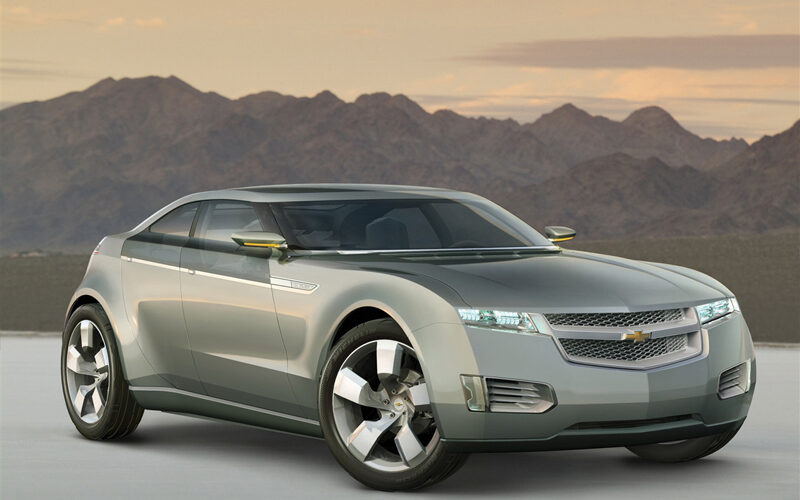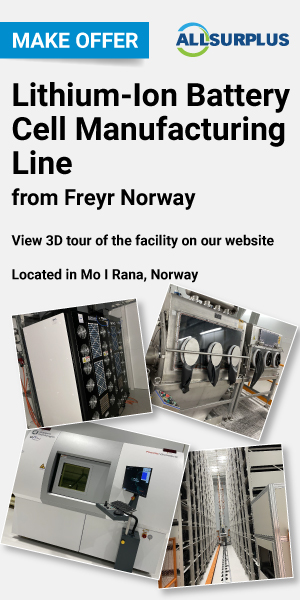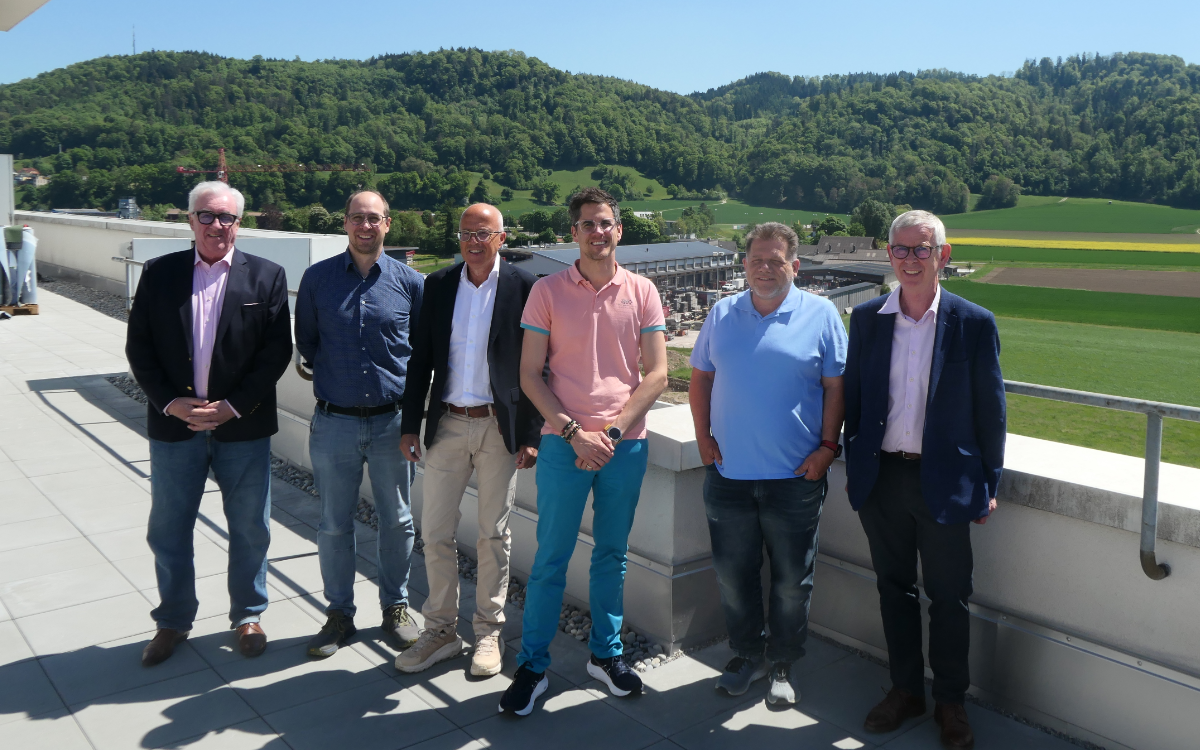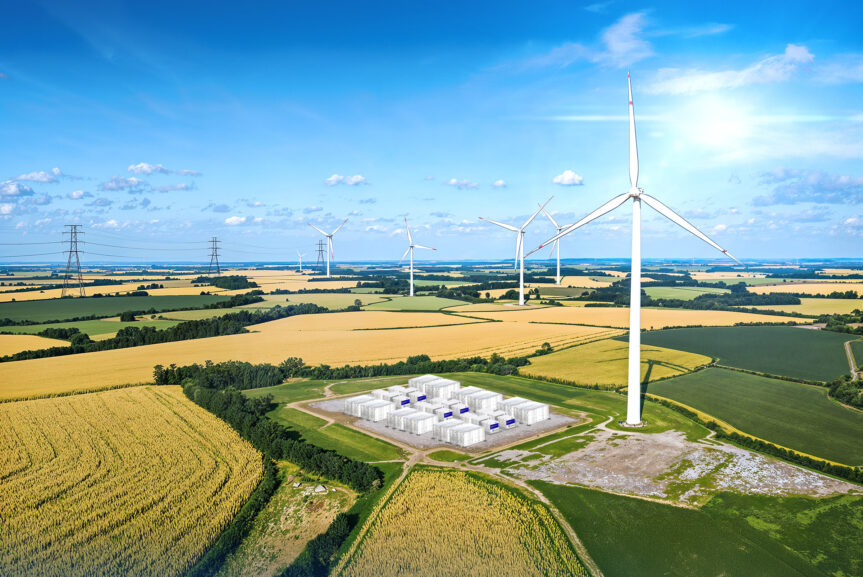Confused by the stream of press information coming from the auto industry on EVs and hybrids? BEST's assciate editor Lynnda Greene tries to make sense of it all.
From the slew of exciting new hybrids and fully electric cars making their debuts at auto shows over the last couple of years, it's becoming increasingly clear that the future fleet of the world's automobiles will be, at least in part, powered by batteries. The dazzling near-reality of such showstoppers as the Tesla Roadster, the Th!nk City, the ZAP-X, and the GM Volt . . .
to continue reading this article...
Sign up to any Premium subscription to continue reading
To read this article, and get access to all the Premium content on bestmag.co.uk, sign up for a Premium subscription.
view subscription optionsAlready Subscribed? Log In












